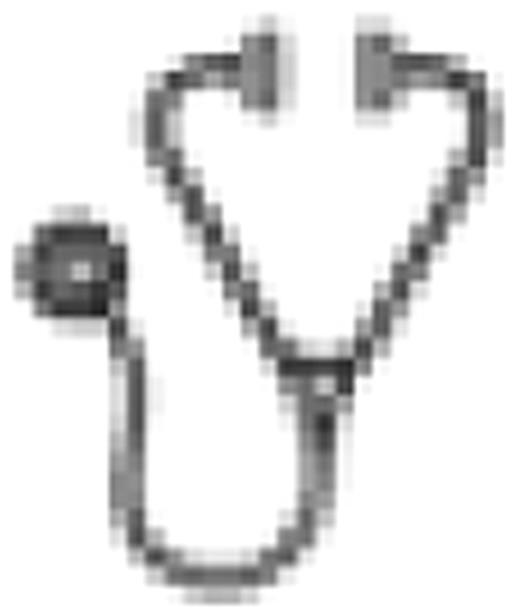Abstract
Acute promyelocytic leukemia (APL) is a curable disease, and contemporary treatment based on the combination of all-trans retinoic acid (ATRA) with anthracyclines results in overall survival (OS) rates of around 90% at five years. Unfortunately, the treatment outcome of patients with APL in developing countries is significantly less. A recent Brazilian study had reported an OS of 53% with a first 5-days mortality of 13.4%. The International Consortium on Acute Promyelocytic Leukemia (IC-APL) is an initiative of the International Members Committee of the ASH and the project aims to reduce this gap through the establishment of international network, which was launched in Brazil, México and Uruguay. All patients with a suspected diagnosis of APL were immediately started on ATRA, while bone marrow samples were shipped to a national central lab where genetic verification of the diagnosis was performed. Results of the immunofluorescence for PML was obtained within hours and upon confirmation of the diagnosis, patients were enrolled in a protocol identical to the PETHEMA-LPA 2005, except for the replacement of idarubicin by daunorubicin. Supportive care aimed at maintaining platelet counts above 30,000/μl and fibrinogen levels above 150 mg/dl. In each country, cases were discussed every other week through internet and whenever needed international experts were involved. As of June 2009, 102 (70 Brazil, 25 Mexico, 7 Uruguay) APL patients were enrolled. The median age was 34 y (range: 9–72y) with 55 males (54%).The median white blood cell counts (WBC) at baseline was 3.6×109 /L(range: 0.2–149.7). The distribution of the relapse risk score at diagnosis according to PETHEMA-GIMEMA criteria was 14 low (14%), 54 intermediate (53%) and 34 high risk(33%) respectively. The incidence of low risk APL appeared lower than the values reported in developed countries. Of 102, 97 patients have toxicity and response data available. Of these 97, 12 (12.3%)experienced at least three symptoms/signs of differentiation syndrome (DS) and 77 (79%) patients achieved a complete remission (CR). Twenty-three deaths occurred and the cause of deaths included 9 hemorrhage, 8 infection, 2 DS . The 7 and 30 day mortality rates were 8% and 19.6%, respectively, and the one- year overall survival was 75% (95%CI:68%–84%). The median follow-up time among survivors was 14 months (range: 1.3–35). Among 77 patients who achieved CR, the 1-year OS and disease-free survival from the date of CR was 95% (95% CI: 89%–100%). Only one patient relapsed. For patients surviving a minimum of 30 days the outcome was similar to that reported by the twin PETHEMA-LPA 2005 protocol in European patients. Prognostic factors for overall survival were examined using log-rank test as well as multivariate Cox models. Factors predicting OS were a high relapse risk score at baseline (1-year OS: 59% for high, 87% for intermediate, 91% for low, p=0.0007) and age. The 1-year OS was 85% for age<25, 83% for 25–40, and 58% for age≥40 (p=0.008 for age≥40 vs<40). In the Cox model, these two prognostic factors remain to be significantly associated with OS [HR=3.77, p=0.004 for high relapse risk score; HR=2.4, p=0.047 for age≥40]. In conclusion, the establishment of the IC-APL network resulted in a decrease of about 40% in early mortality and improvement of the outcome to levels similar to those reported in developed countries.
Sanz:Amgen Inc.: Membership on an entity's Board of Directors or advisory committees, Speakers Bureau.

This icon denotes an abstract that is clinically relevant.
Author notes
Asterisk with author names denotes non-ASH members.

This feature is available to Subscribers Only
Sign In or Create an Account Close Modal